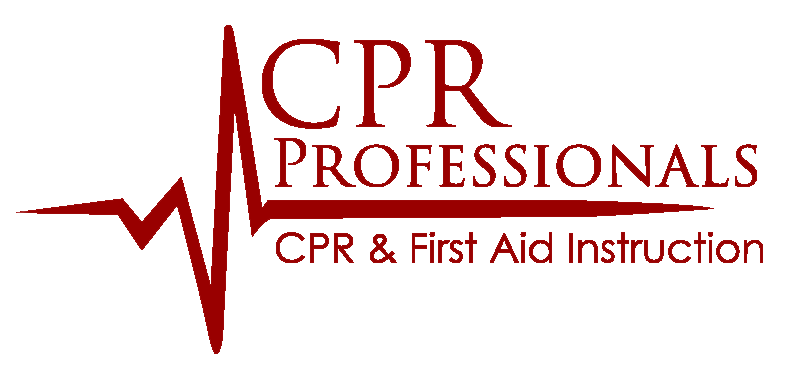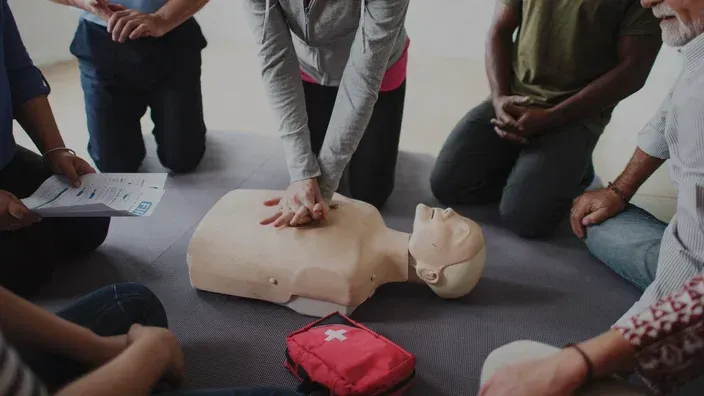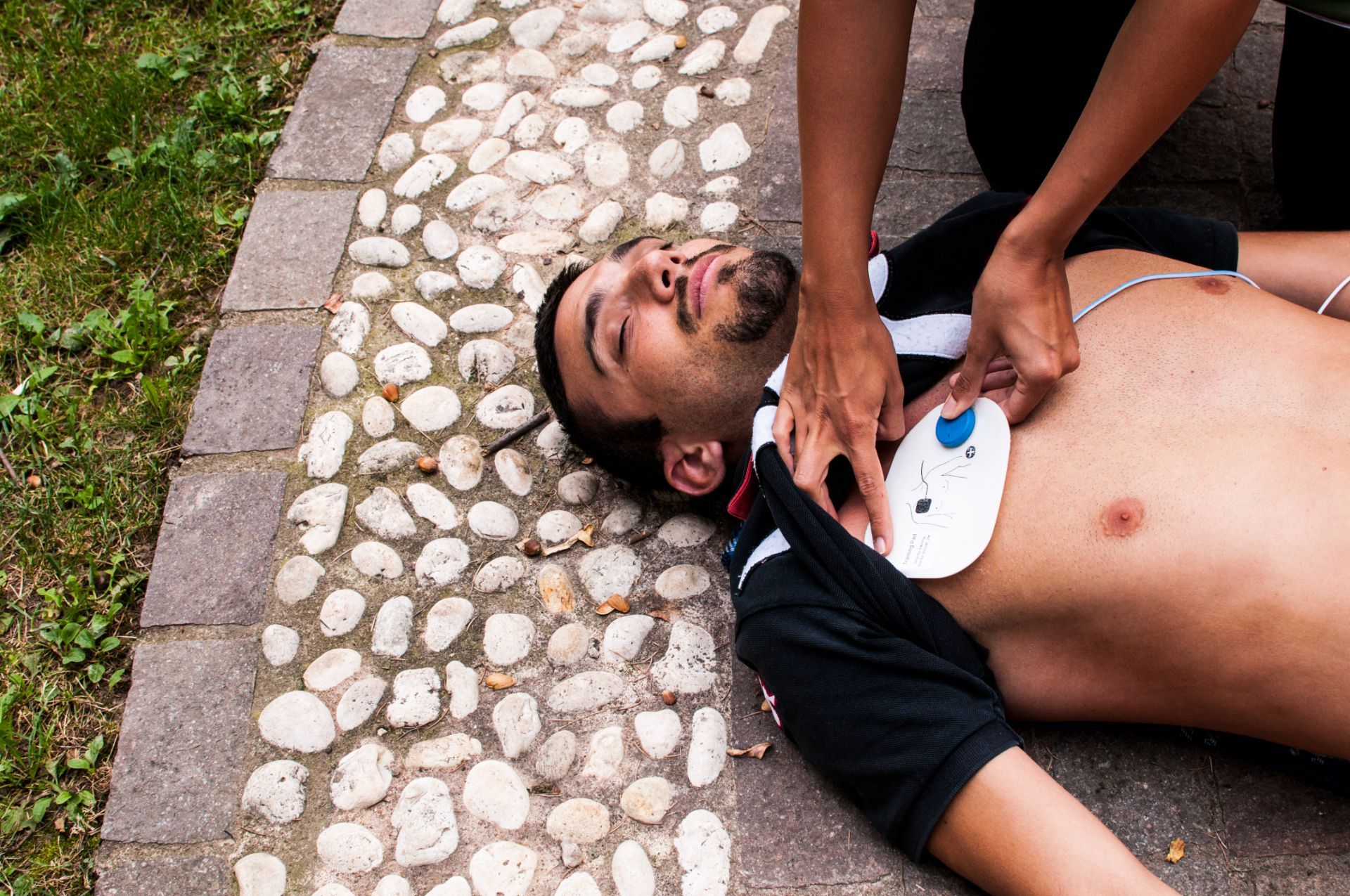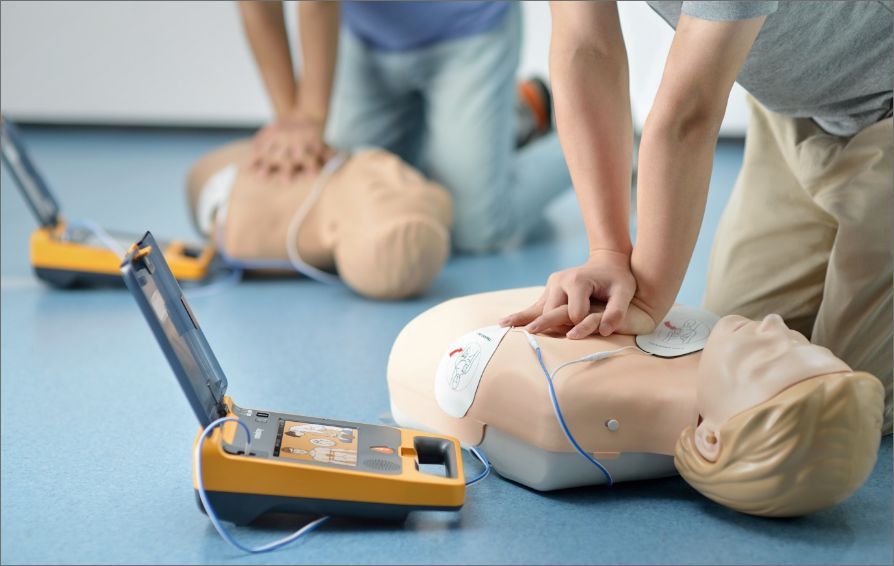How Much Does It Cost to Become a CPR Instructor in 2025?
TLDR;
The cost to
become a CPR instructor in 2025 ranges from $1,000 to $3,500. Expenses include certification courses, training equipment, liability insurance, and ongoing fees. Costs vary based on the certifying organization, training format, and additional materials required.
Is it Expensive to learn CPR in 2025?

Becoming a CPR instructor is a rewarding career move, offering financial opportunities and the ability to save lives by educating others. However, one of the most common concerns is the cost of certification and training.
If you're considering this path, expect to spend between $1,000 and $3,500 to become fully certified. The total cost depends on factors like training organization fees, equipment purchases, and instructor alignment costs.
In this guide, CPR Professionals breaks down everything you need to know about the cost of becoming a CPR instructor in 2025, including detailed expense breakdowns, ways to minimize costs, and potential income opportunities.
What Is a CPR Instructor & Why Become One?
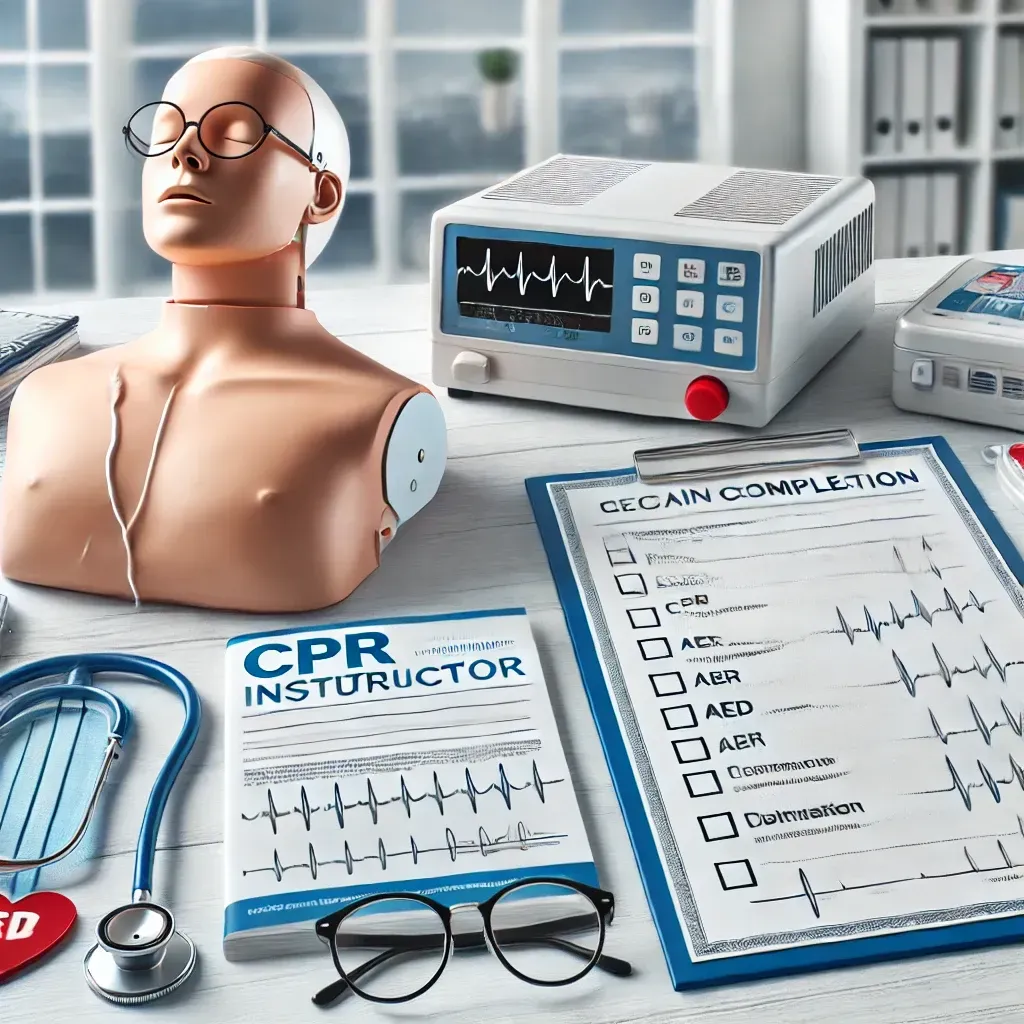
A CPR instructor is a certified professional who teaches individuals and organizations how to perform CPR and use an AED in emergencies. They are responsible for leading training sessions, evaluating students, and ensuring proper techniques are followed.
Why Become a CPR Instructor?
- High Demand: More workplaces, schools, and community centers require CPR-certified personnel.
- Flexible Career: Work part-time, full-time, or as a side business.
- Lucrative Income Potential: Independent instructors can earn up to $98,000 per year.
- Fulfilling Work: You play a direct role in saving lives by training others.
Requirements & Eligibility to Become a CPR Instructor
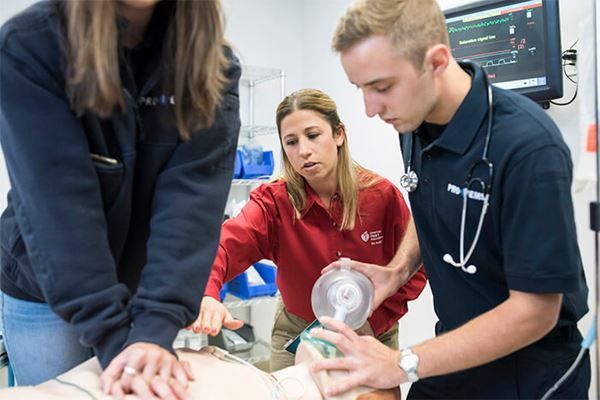
Before enrolling in a CPR instructor course, you must meet basic eligibility criteria:
- Be at least 18 years old
- Hold a valid CPR certification from an accredited organization (CPR certification duration typically lasts two years, requiring renewal to stay active.)
- Complete an instructor training course (online, in-person, or blended)
- Pass the required exams and monitoring process
Certifying Organizations and Their Fees
The three primary organizations that certify CPR instructors are:
| Organization | Instructor Course Cost | Certification Validity |
|---|---|---|
| American Heart Association (AHA) | $200 - $500 | 2 years |
| American Red Cross (ARC) | $250 - $600 | 2 years |
| Health & Safety Institute (HSI) | $200 - $450 | 2 years |
CPR Instructor Certification Path & Training Options
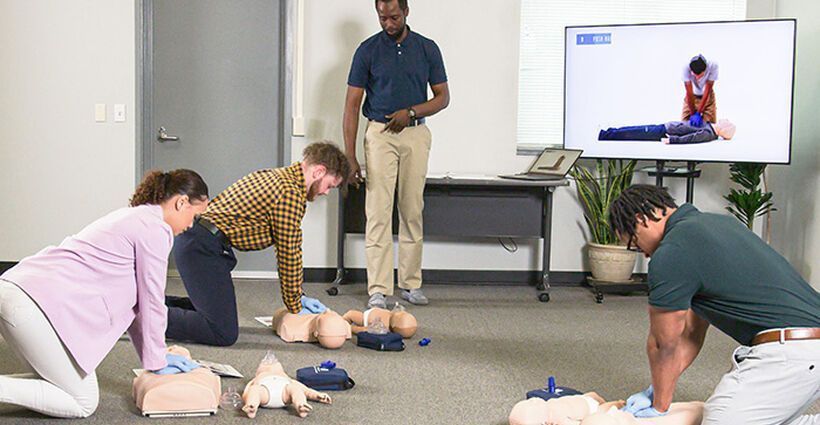
To become a certified CPR instructor, you must complete the following steps:
- Get CPR Certified: If you’re not already certified, you’ll need to complete a CPR provider course. Learn more about the cost of CPR training to better plan your total investment.
- Enroll in an Instructor Course: Choose an accredited training program (AHA, ARC, or HSI).
- Complete the Instructor Essentials Online Course: This is a required component of most certification programs.
- Attend Hands-On Instructor Training: You must complete an in-person or blended session with a certified training center.
- Get Monitored While Teaching: Your first training session will be observed by an instructor trainer to ensure you meet the teaching standards.
Training Format Options & Costs
- Online Training: $200–$800 (self-paced but requires in-person evaluation)
- In-Person Training: $300–$1,000 (traditional classroom training)
- Blended Learning: $250–$900 (combines online and in-person training)
Cost Breakdown: How Much Does It Really Cost?
Below is a breakdown of the typical costs associated with becoming a CPR instructor:
| Expense Category | Low-End Cost | High-End Cost |
|---|---|---|
| CPR Provider Course | $50 | $150 |
| Instructor Course | $200 | $500 |
| Instructor Essentials Online | $35 | $100 |
| Manikins & Training Equipment | $500 | $1,500 |
| AED Trainer | $200 | $400 |
| Face Shields & Gloves | $50 | $100 |
| Liability Insurance | $200 | $500 |
| Training Center Alignment Fee | $50 | $200 |
| Total Investment | $1,000 | $3,500 |
Hidden Costs to Consider:
- Class registration fees
- Instructor manuals and course materials
- Recertification fees every 2 years
How to Minimize Costs & Get Financial Assistance
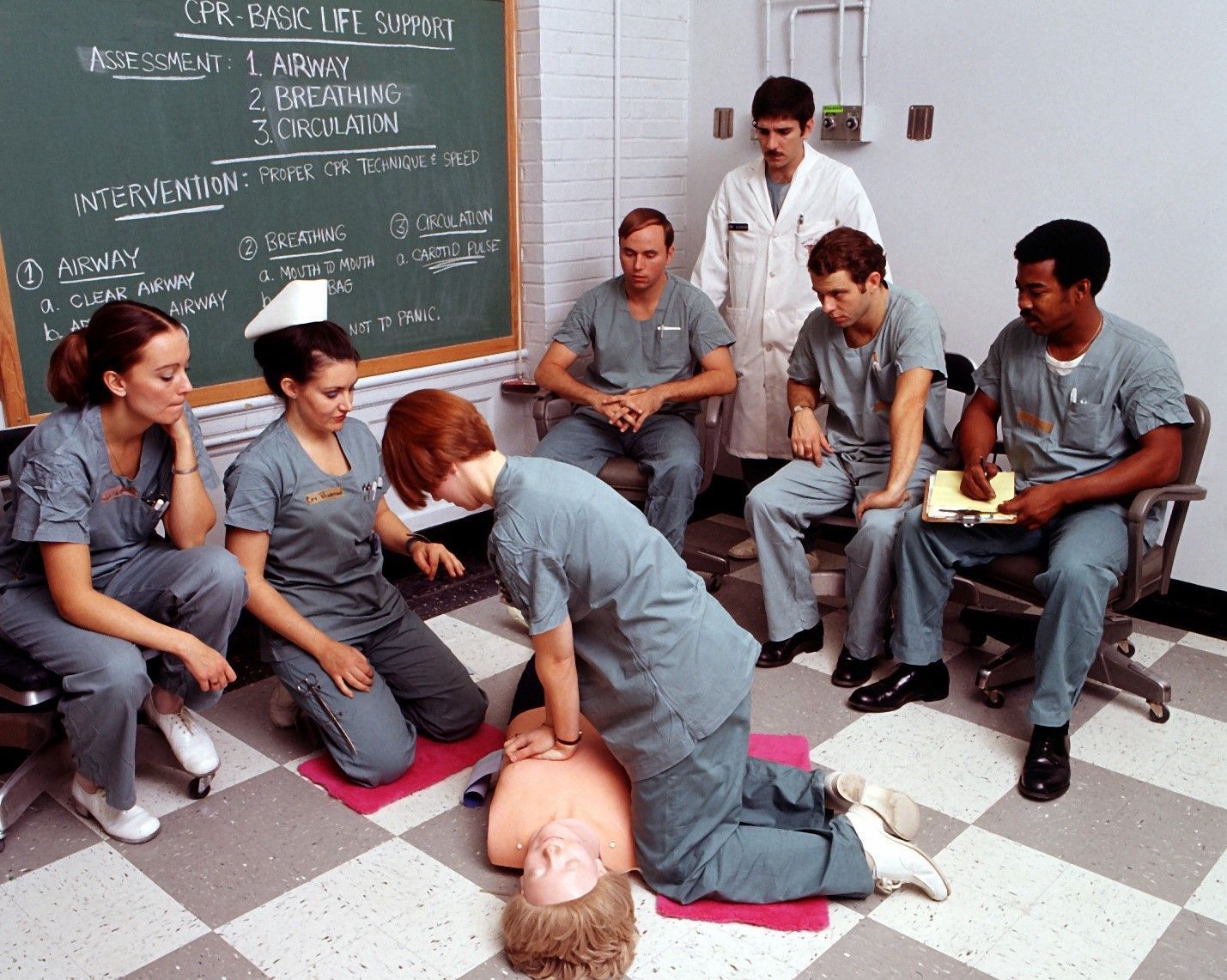
If you're concerned about costs, here are ways to reduce your expenses:
Employer Sponsorship
Many employers, including hospitals and educational institutions, offer tuition reimbursement for CPR instructor training.
Grants & Scholarships
Look for funding opportunities from:
- American Red Cross
- Local government programs
- Nonprofit organizations
Buy Used Equipment
Save money by purchasing pre-owned CPR manikins and AED trainers from online marketplaces.
CPR Instructor Income Potential & ROI (Return on Investment)
Once certified, you can start making money as a CPR instructor. Here’s a look at potential earnings:
| Job Type | Annual Earnings |
|---|---|
| Part-time (freelance) | $10,000 – $30,000 |
| Full-time employee | $35,000 – $60,000 |
| Independent Instructor | $50,000 – $98,000 |
Factors affecting income:
- Class size: Larger groups mean higher profits.
- Location: Urban areas often have higher rates.
- Corporate contracts: Teaching for businesses can significantly boost income.
How to Get Started & Build Your CPR Business
If you want to teach CPR independently, follow these steps:
- Get Certified & Buy Equipment – Purchase CPR manikins, AED trainers, and course materials.
- Align with a Training Center OR Start Independently – Choose between joining an organization or working solo.
- Set Class Pricing – Charge competitive rates based on your market.
- Market Yourself – Use social media, SEO, and networking to attract students.
Get Business Licensing & Insurance – Protect yourself legally.
FAQs About Becoming a CPR Instructor
How long does it take to become a CPR instructor?
The process typically takes 1-2 weeks, depending on the training schedule and course availability.
Can I become a CPR instructor online?
While some coursework can be completed online, you must attend an in-person skills assessment.
What’s the cheapest way to get certified?
Look for employer sponsorships, scholarships, and used equipment to cut costs.
Do I need liability insurance?
Yes, it’s highly recommended to protect yourself from legal risks.
Can I teach CPR without certification?
No, you must be certified to teach legally and issue valid CPR certificates.
Conclusion & Final Thoughts
Becoming a CPR instructor requires an initial investment, but the financial and personal rewards make it worthwhile. With costs ranging from $1,000 to $3,500, it’s essential to budget wisely, explore funding options, and maximize your earning potential.
